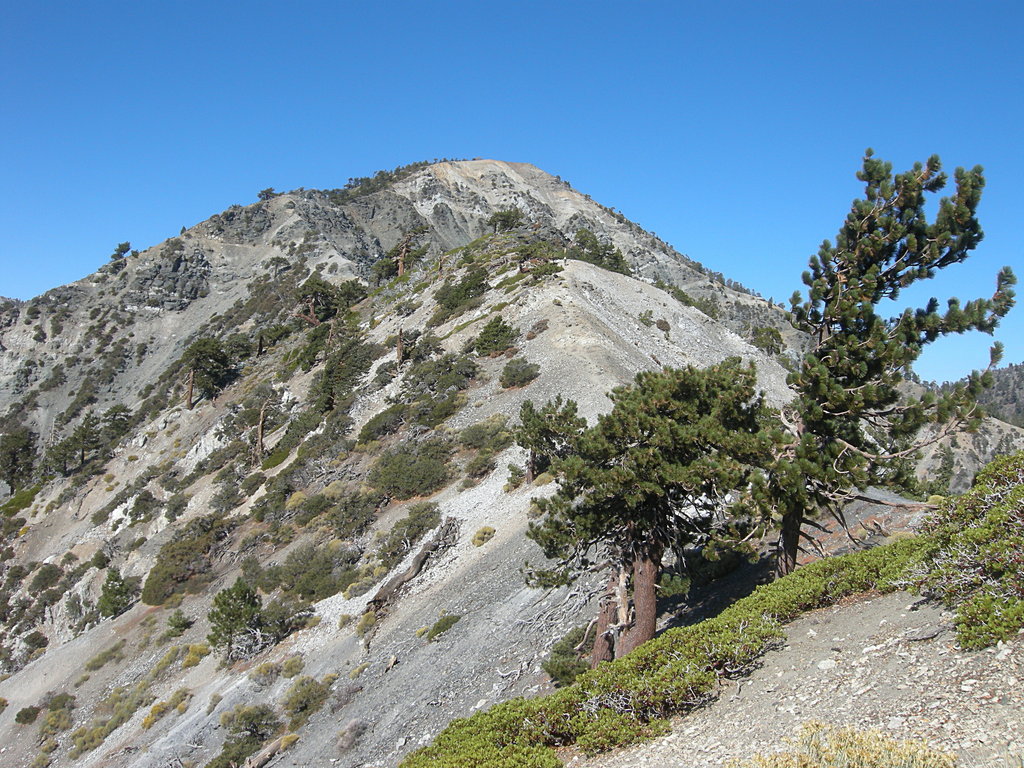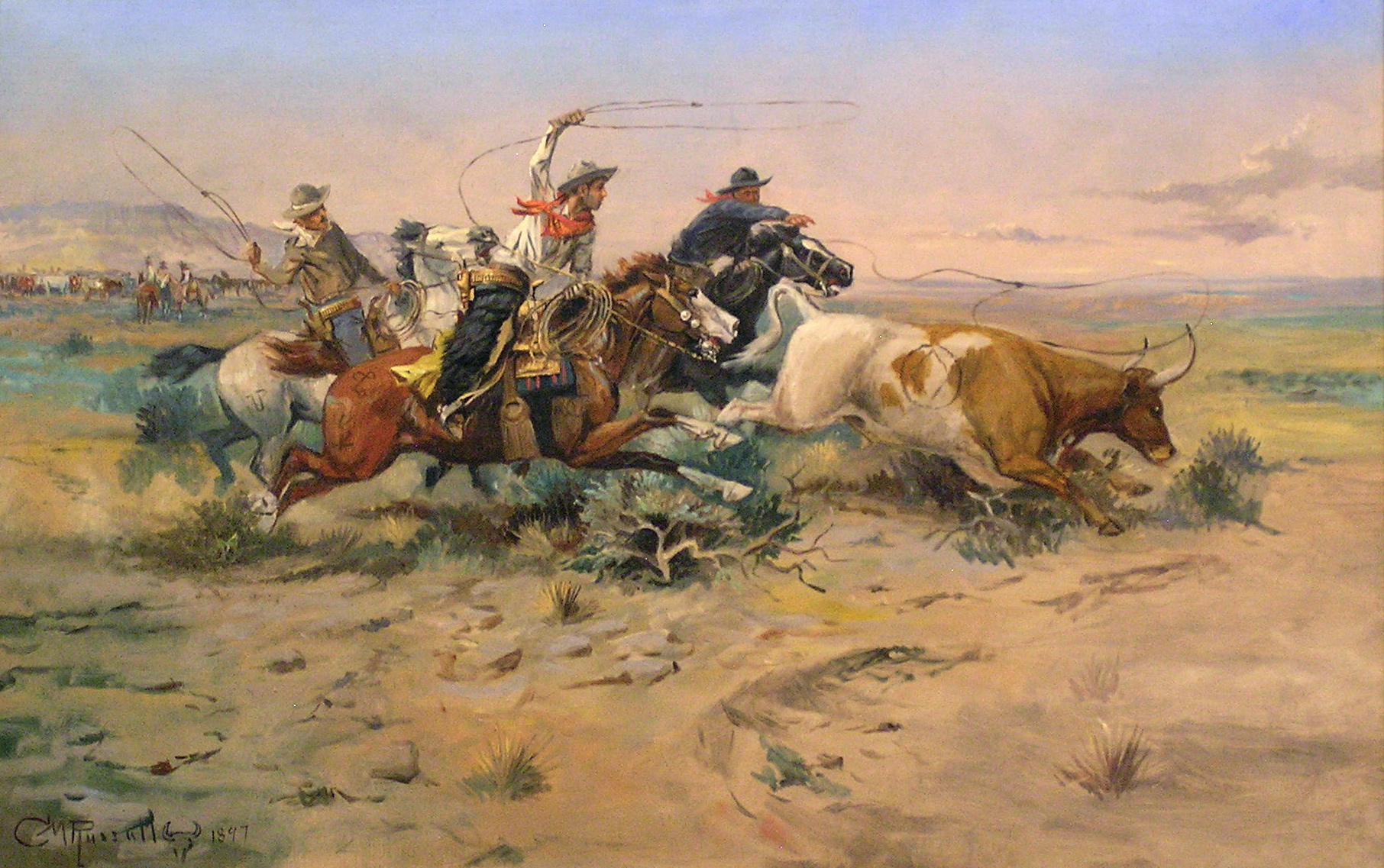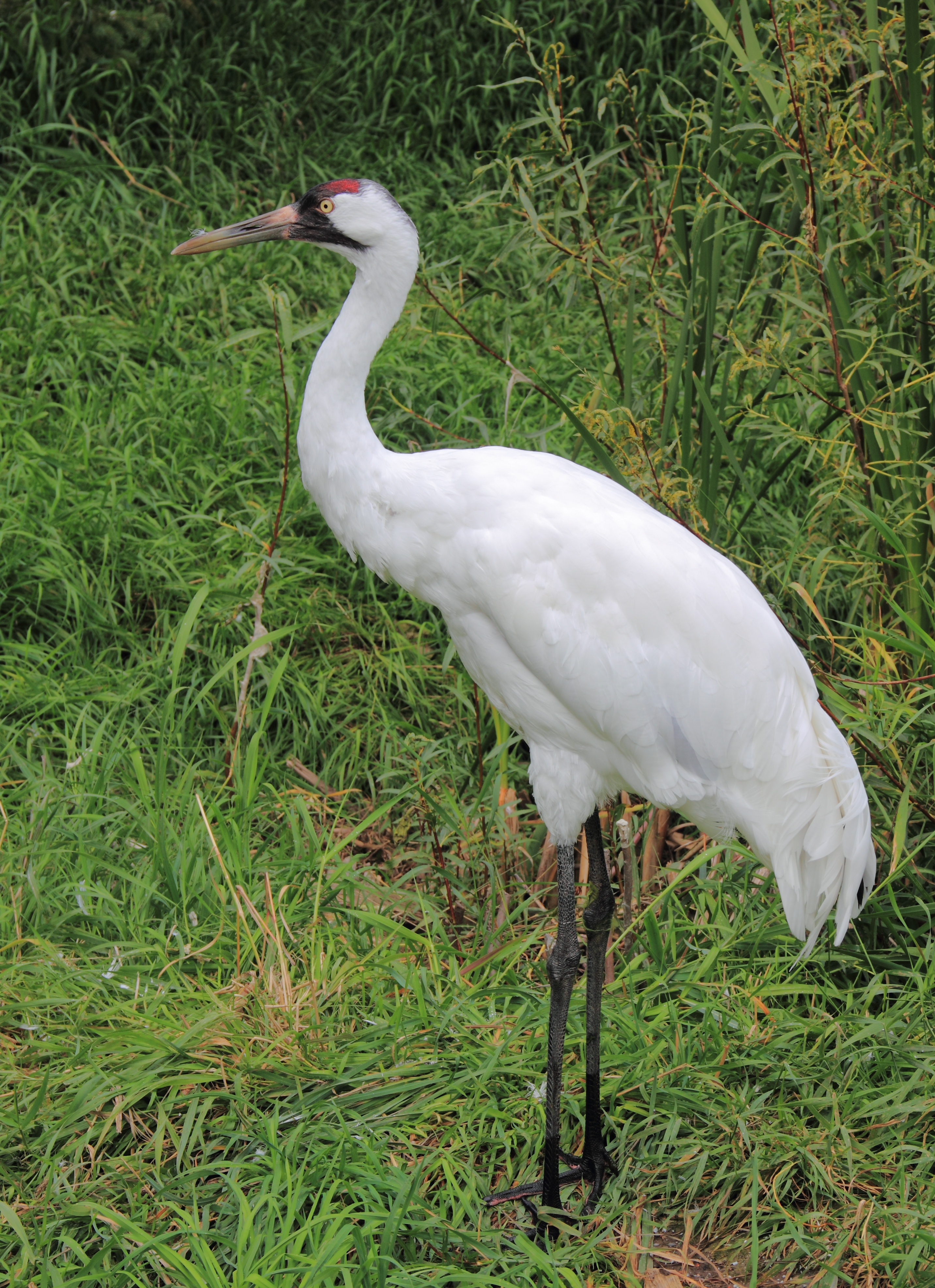|
United States National Forest
In the United States, national forest is a classification of protected and managed federal lands. National forests are largely forest and woodland areas owned collectively by the American people through the federal government, and managed by the United States Forest Service, a division of the United States Department of Agriculture. The U.S. Forest Service is also a forestry research organization who provides financial assistance to state and local forestry industry. As of 2020, there are 154 national forests in the United States. History The National Forest System (NFS) was created by the Land Revision Act of 1891, which was enacted during the presidency of Benjamin Harrison. This act took land to form national parks in the West, including 15 reserves containing more than 13 million acres of land. At first one would be called a Forest Reserve; a later one would be termed a National Forest. It was the result of concerted action by Los Angeles-area businessmen and prope ... [...More Info...] [...Related Items...] OR: [Wikipedia] [Google] [Baidu] |
Sequoia Forest Nima 03
Sequoia, Sequoya or Sequoyah may refer to: Science and technology Biology * Sequoioideae, a three-genus subfamily of the cypress family ** ''Sequoia'' (genus), a genus with one living and several fossil species *** ''Sequoia sempervirens'', coast redwood, found along the coast of California and Oregon ** ''Sequoiadendron giganteum'' (giant sequoia), the sequoia tree found on the slopes of the Sierra Nevada of California ** ''Metasequoia'', dawn redwood * The Great Sequoia, a sequoia tree in Vitoria-Gasteiz, Basque Country, Spain Other science and technology * 1103 Sequoia, a minor planet * Sequoia (supercomputer), an IBM supercomputer at Lawrence Livermore National Laboratory, US * HFS Plus, a file system codenamed Sequoia Arts and entertainment * ''Old Sequoia'', a 1945 American animated short film directed by Jack King * ''Sequoia'' (1934 film), an American drama film * ''Sequoia'' (2014 film), an American film * Sequoia (comics), a Marvel Comics character * ''Sequoia' ... [...More Info...] [...Related Items...] OR: [Wikipedia] [Google] [Baidu] |
San Gabriel Mountains
The San Gabriel Mountains ( es, Sierra de San Gabriel) are a mountain range located in northern Los Angeles County and western San Bernardino County, California, United States. The mountain range is part of the Transverse Ranges and lies between the Los Angeles Basin and the Mojave Desert, with Interstate 5 to the west and Interstate 15 to the east. The range lies in, and is surrounded by, the Angeles and San Bernardino National Forests, with the San Andreas Fault as its northern border. The highest peak in the range is Mount San Antonio, commonly referred to as Mt. Baldy. Mount Wilson is another notable peak, known for the Mount Wilson Observatory and the antenna farm that houses many of the transmitters for local media. The observatory may be visited by the public. On October 10, 2014, President Obama designated the area the San Gabriel Mountains National Monument. The Trust for Public Land has protected more than of land in the San Gabriel Mountains, its foothi ... [...More Info...] [...Related Items...] OR: [Wikipedia] [Google] [Baidu] |
Alaska
Alaska ( ; russian: Аляска, Alyaska; ale, Alax̂sxax̂; ; ems, Alas'kaaq; Yup'ik: ''Alaskaq''; tli, Anáaski) is a state located in the Western United States on the northwest extremity of North America. A semi-exclave of the U.S., it borders the Canadian province of British Columbia and the Yukon territory to the east; it also shares a maritime border with the Russian Federation's Chukotka Autonomous Okrug to the west, just across the Bering Strait. To the north are the Chukchi and Beaufort Seas of the Arctic Ocean, while the Pacific Ocean lies to the south and southwest. Alaska is by far the largest U.S. state by area, comprising more total area than the next three largest states (Texas, California, and Montana) combined. It represents the seventh-largest subnational division in the world. It is the third-least populous and the most sparsely populated state, but by far the continent's most populous territory located mostly north of the 60th parallel, ... [...More Info...] [...Related Items...] OR: [Wikipedia] [Google] [Baidu] |
Western United States
The Western United States (also called the American West, the Far West, and the West) is the region comprising the westernmost states of the United States. As American settlement in the U.S. expanded westward, the meaning of the term ''the West'' changed. Before about 1800, the crest of the Appalachian Mountains was seen as the western frontier. The frontier moved westward and eventually the lands west of the Mississippi River were considered the West. The U.S. Census Bureau's definition of the 13 westernmost states includes the Rocky Mountains and the Great Basin to the Pacific Coast, and the mid-Pacific islands state, Hawaii. To the east of the Western United States is the Midwestern United States and the Southern United States, with Canada to the north, and Mexico to the south. The West contains several major biomes, including arid and semi-arid plateaus and plains, particularly in the American Southwest; forested mountains, including three major ranges, the ... [...More Info...] [...Related Items...] OR: [Wikipedia] [Google] [Baidu] |
Mississippi River
The Mississippi River is the second-longest river and chief river of the second-largest drainage system in North America, second only to the Hudson Bay drainage system. From its traditional source of Lake Itasca in northern Minnesota, it flows generally south for to the Mississippi River Delta in the Gulf of Mexico. With its many tributaries, the Mississippi's watershed drains all or parts of 32 U.S. states and two Canadian provinces between the Rocky and Appalachian mountains. The main stem is entirely within the United States; the total drainage basin is , of which only about one percent is in Canada. The Mississippi ranks as the thirteenth-largest river by discharge in the world. The river either borders or passes through the states of Minnesota, Wisconsin, Iowa, Illinois, Missouri, Kentucky, Tennessee, Arkansas, Mississippi, and Louisiana. Native Americans have lived along the Mississippi River and its tributaries for thousands of years. Most were hunter-gathere ... [...More Info...] [...Related Items...] OR: [Wikipedia] [Google] [Baidu] |
Texas
Texas (, ; Spanish: ''Texas'', ''Tejas'') is a state in the South Central region of the United States. At 268,596 square miles (695,662 km2), and with more than 29.1 million residents in 2020, it is the second-largest U.S. state by both area (after Alaska) and population (after California). Texas shares borders with the states of Louisiana to the east, Arkansas to the northeast, Oklahoma to the north, New Mexico to the west, and the Mexican states of Chihuahua, Coahuila, Nuevo León, and Tamaulipas to the south and southwest; and has a coastline with the Gulf of Mexico to the southeast. Houston is the most populous city in Texas and the fourth-largest in the U.S., while San Antonio is the second most populous in the state and seventh-largest in the U.S. Dallas–Fort Worth and Greater Houston are, respectively, the fourth- and fifth-largest metropolitan statistical areas in the country. Other major cities include Austin, the second most populous s ... [...More Info...] [...Related Items...] OR: [Wikipedia] [Google] [Baidu] |
Executive Order
In the United States, an executive order is a directive by the president of the United States that manages operations of the federal government. The legal or constitutional basis for executive orders has multiple sources. Article Two of the United States Constitution gives presidents broad executive and enforcement authority to use their discretion to determine how to enforce the law or to otherwise manage the resources and staff of the executive branch. The ability to make such orders is also based on expressed or implied Acts of Congress that delegate to the president some degree of discretionary power ( delegated legislation).John Contrubis, '' Executive Orders and Proclamations'', CRS Report for Congress #95-722A, March 9, 1999, Pp. 1-2 The vast majority of executive orders are proposed by federal agencies before being issued by the president. Like both legislative statutes and the regulations promulgated by government agencies, executive orders are subject to judicia ... [...More Info...] [...Related Items...] OR: [Wikipedia] [Google] [Baidu] |
Whitehouse
Whitehouse may refer to: People * Charles S. Whitehouse (1921-2001), American diplomat * Cornelius Whitehouse (1796–1883), English engineer and inventor * E. Sheldon Whitehouse (1883-1965), American diplomat * Elliott Whitehouse (born 1993), English footballer * Eula Whitehouse (1892–1974), American botanist * Frederick William Whitehouse (1900–1973), Australian geologist * Jimmy Whitehouse (footballer, born 1924) (1924-2005), English footballer * Mary Whitehouse (1910–2001), British Christian morality campaigner * Morris H. Whitehouse (1878–1944), American architect * Paul Whitehouse (born 1958), Welsh comedian and actor * Paul Whitehouse (police officer) (born 1944) * Sheldon Whitehouse (born 1955), American politician from the state of Rhode Island * Wildman Whitehouse (1816–1890), English surgeon and chief electrician for the transatlantic telegraph cable Places ;in the United Kingdom * Whitehouse, Aberdeenshire, location of the Whitehouse railway sta ... [...More Info...] [...Related Items...] OR: [Wikipedia] [Google] [Baidu] |
NARA
The National Archives and Records Administration (NARA) is an " independent federal agency of the United States government within the executive branch", charged with the preservation and documentation of government and historical records. It is also tasked with increasing public access to those documents which make up the National Archive. NARA is officially responsible for maintaining and publishing the legally authentic and authoritative copies of acts of Congress, presidential directives, and federal regulations. NARA also transmits votes of the Electoral College to Congress. It also examines Electoral College and Constitutional amendment ratification documents for prima facie legal sufficiency and an authenticating signature. The National Archives, and its publicly exhibited Charters of Freedom, which include the original United States Declaration of Independence, United States Constitution, United States Bill of Rights, and many other historical documents, is headqua ... [...More Info...] [...Related Items...] OR: [Wikipedia] [Google] [Baidu] |
Presidency Of Donald Trump
Donald Trump's tenure as the 45th president of the United States began with his inauguration on January 20, 2017, and ended on January 20, 2021. Trump, a Republican from New York City, took office following his Electoral College victory over Democratic nominee Hillary Clinton in the 2016 presidential election, in which he lost the popular vote to Clinton by nearly 3 million votes. Upon his inauguration, he became the first president in American history without prior public office or military background. Trump made an unprecedented number of false or misleading statements during his campaign and presidency. His presidency ended with defeat in the 2020 presidential election to Democrat Joe Biden after one term in office. Trump was unsuccessful in his efforts to repeal the Affordable Care Act but took measures to hinder its functioning and rescinded the individual mandate. Trump sought substantial spending cuts to major welfare programs, including Medicare and Medicai ... [...More Info...] [...Related Items...] OR: [Wikipedia] [Google] [Baidu] |
Bill Clinton
William Jefferson Clinton ( né Blythe III; born August 19, 1946) is an American politician who served as the 42nd president of the United States from 1993 to 2001. He previously served as governor of Arkansas from 1979 to 1981 and again from 1983 to 1992, and as attorney general of Arkansas from 1977 to 1979. A member of the Democratic Party, Clinton became known as a New Democrat, as many of his policies reflected a centrist "Third Way" political philosophy. He is the husband of Hillary Clinton, who was a senator from New York from 2001 to 2009, secretary of state from 2009 to 2013 and the Democratic nominee for president in the 2016 presidential election. Clinton was born and raised in Arkansas and attended Georgetown University. He received a Rhodes Scholarship to study at University College, Oxford and later graduated from Yale Law School. He met Hillary Rodham at Yale; they married in 1975. After graduating from law school, Clinton returned to Arkansas ... [...More Info...] [...Related Items...] OR: [Wikipedia] [Google] [Baidu] |
Endangered Species Act Of 1973
The Endangered Species Act of 1973 (ESA or "The Act"; 16 U.S.C. § 1531 et seq.) is the primary law in the United States for protecting imperiled species. Designed to protect critically imperiled species from extinction as a "consequence of economic growth and development untempered by adequate concern and conservation", the ESA was signed into law by President Richard Nixon on December 28, 1973. The Supreme Court of the United States described it as "the most comprehensive legislation for the preservation of endangered species enacted by any nation"."Tennessee Valley Authority v. Hill" 437 U.S. 153 (1978) Retrieved 24 November 2015. The purposes of the ESA are two-fold: to prevent extinction and to recover species to the point where the law's protections are not needed. It therefo ... [...More Info...] [...Related Items...] OR: [Wikipedia] [Google] [Baidu] |







.png)
